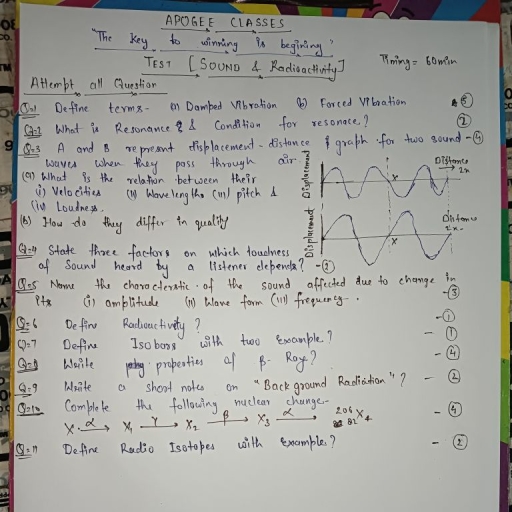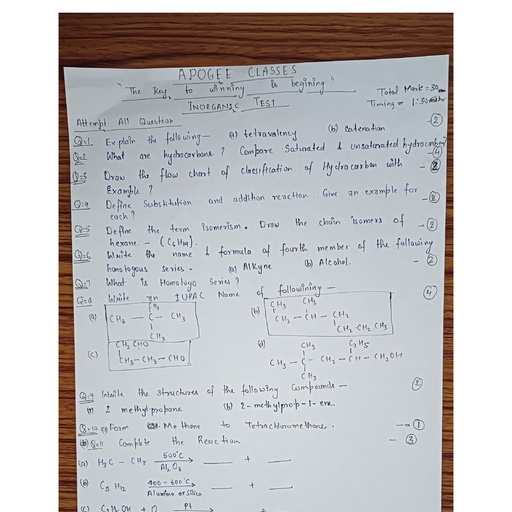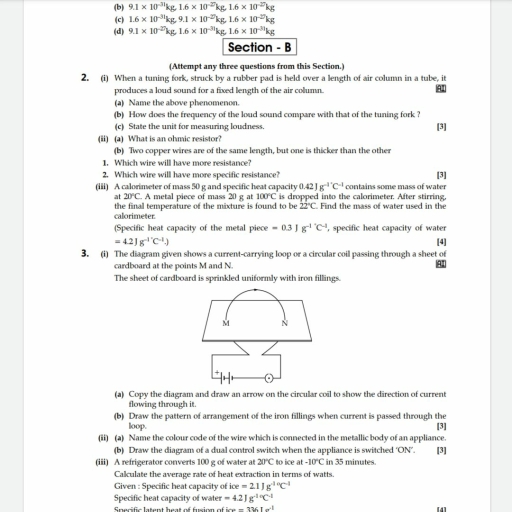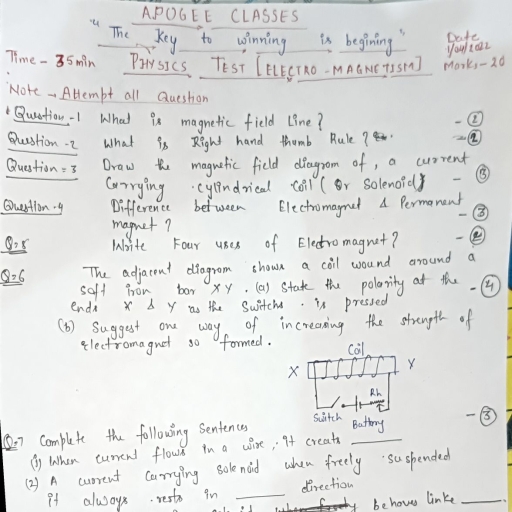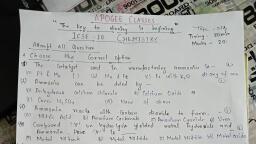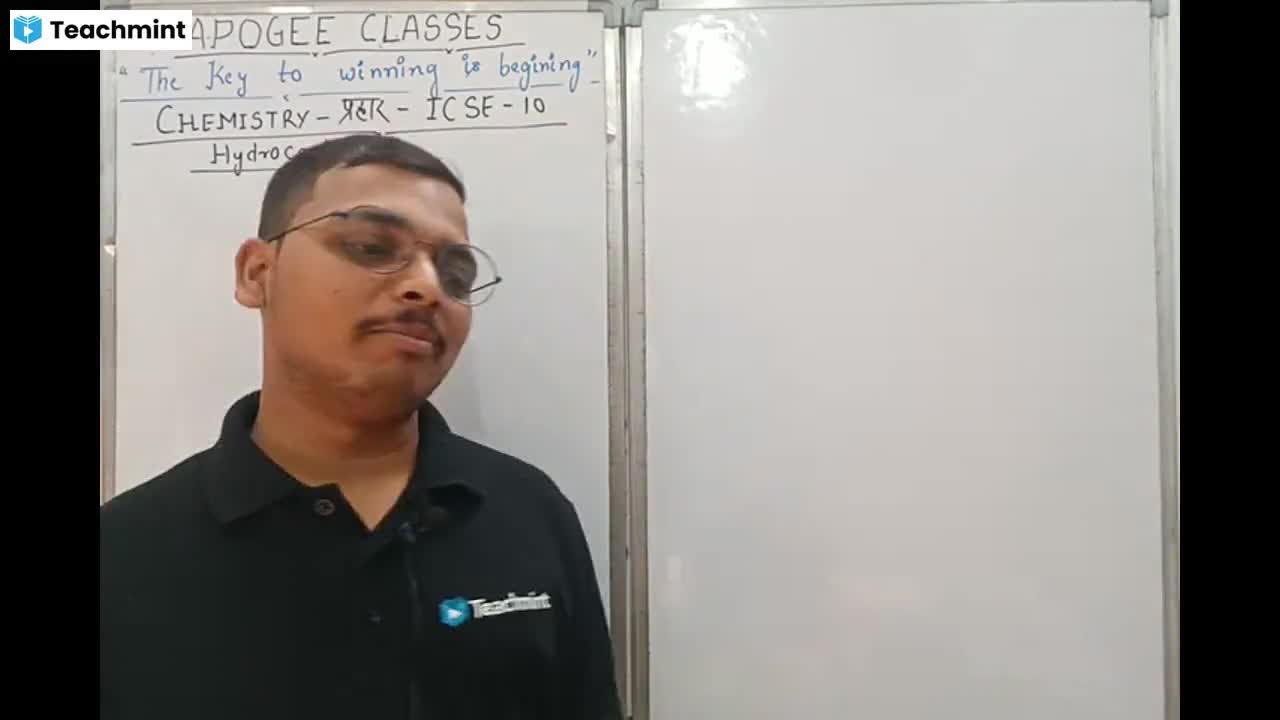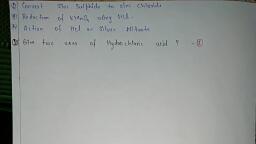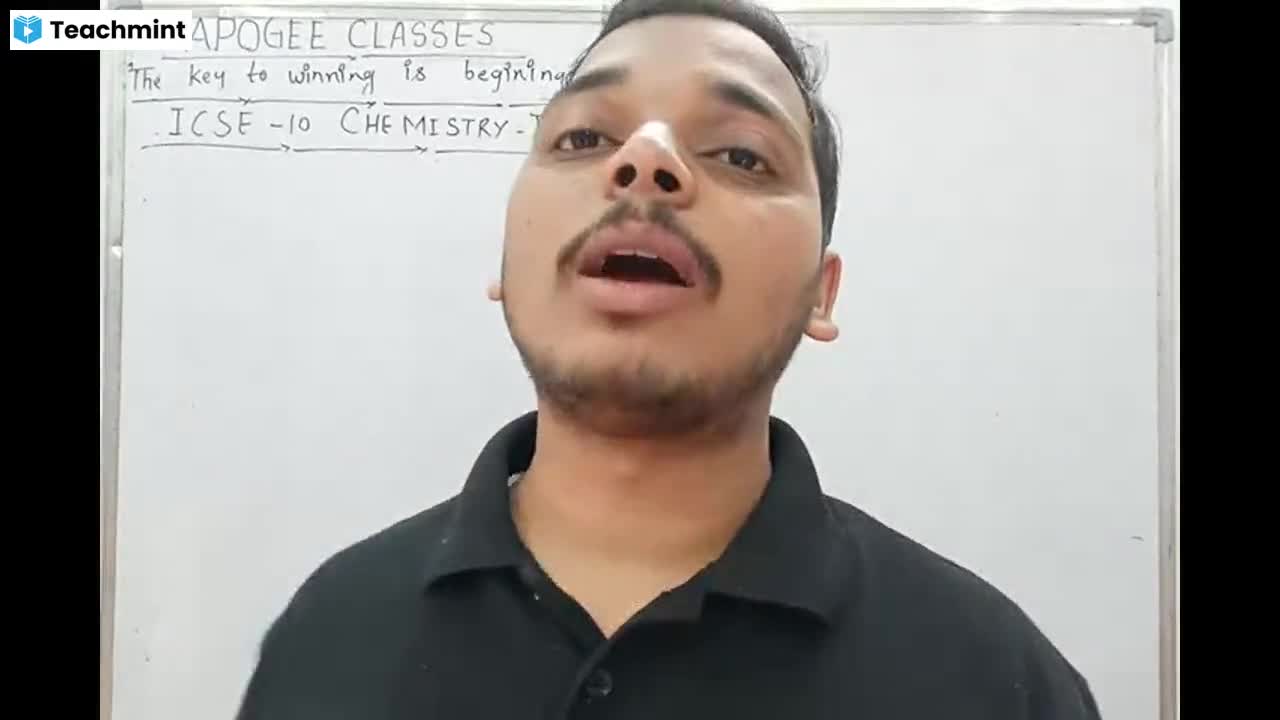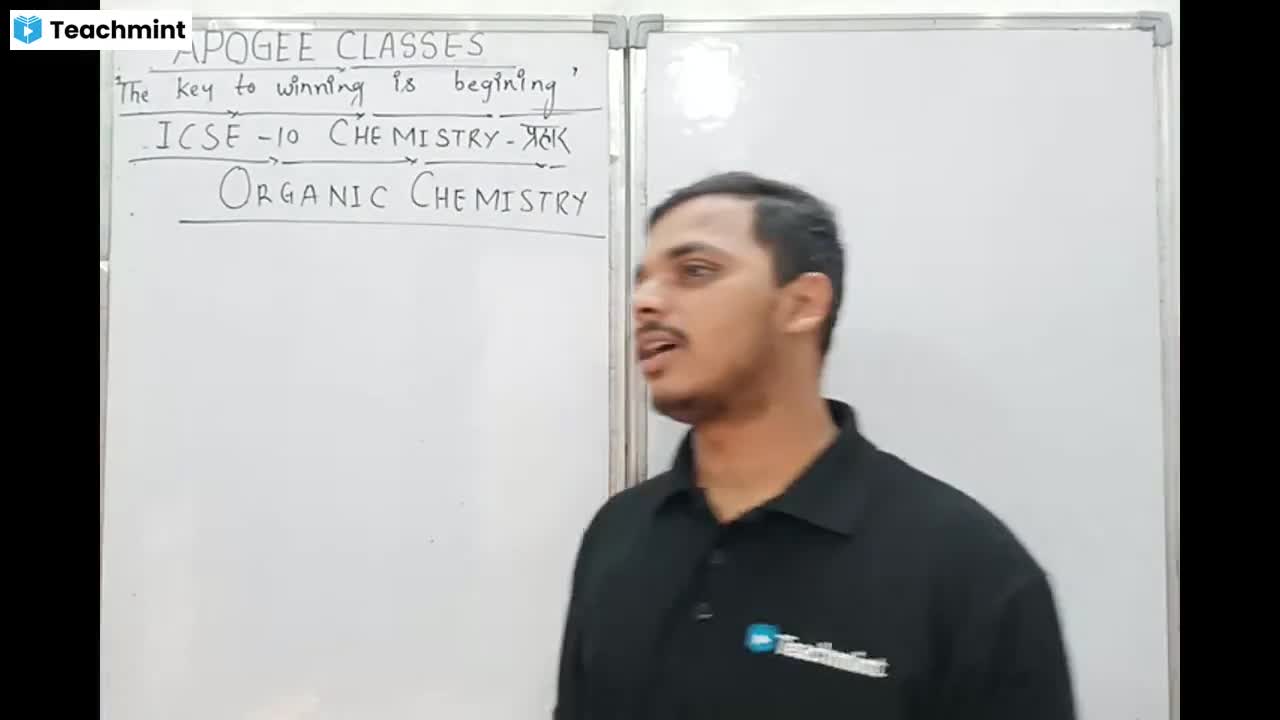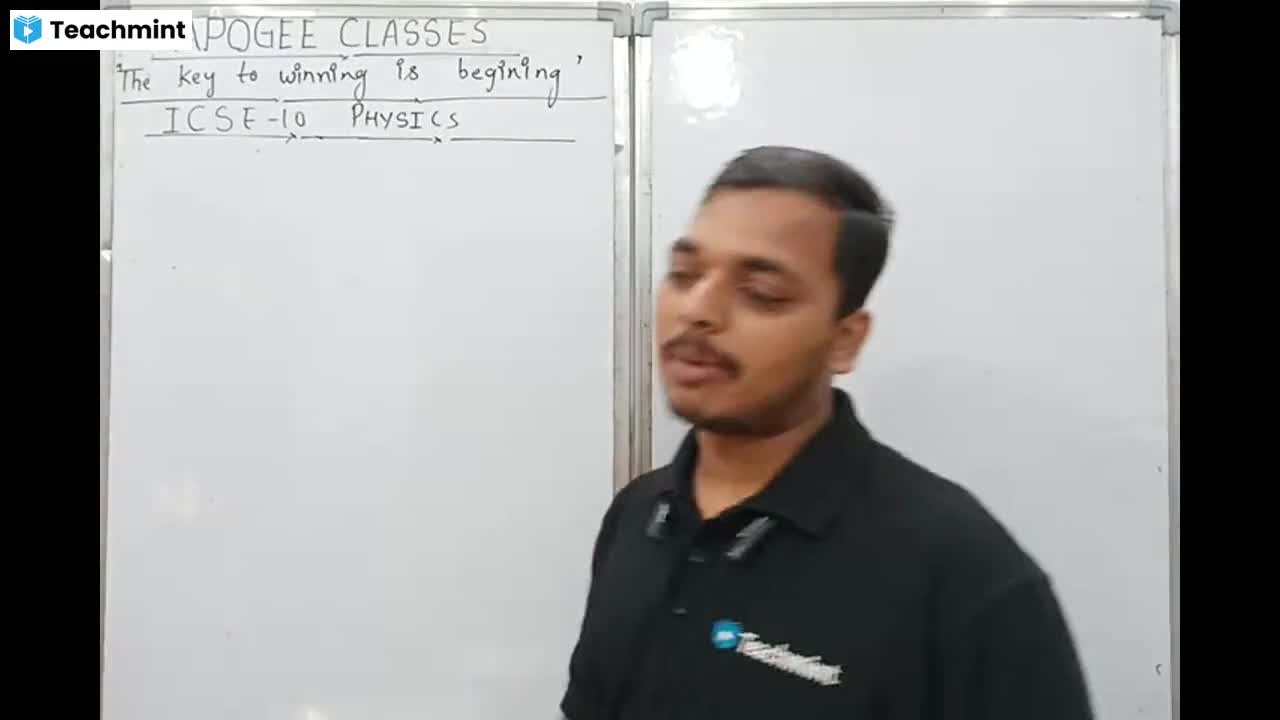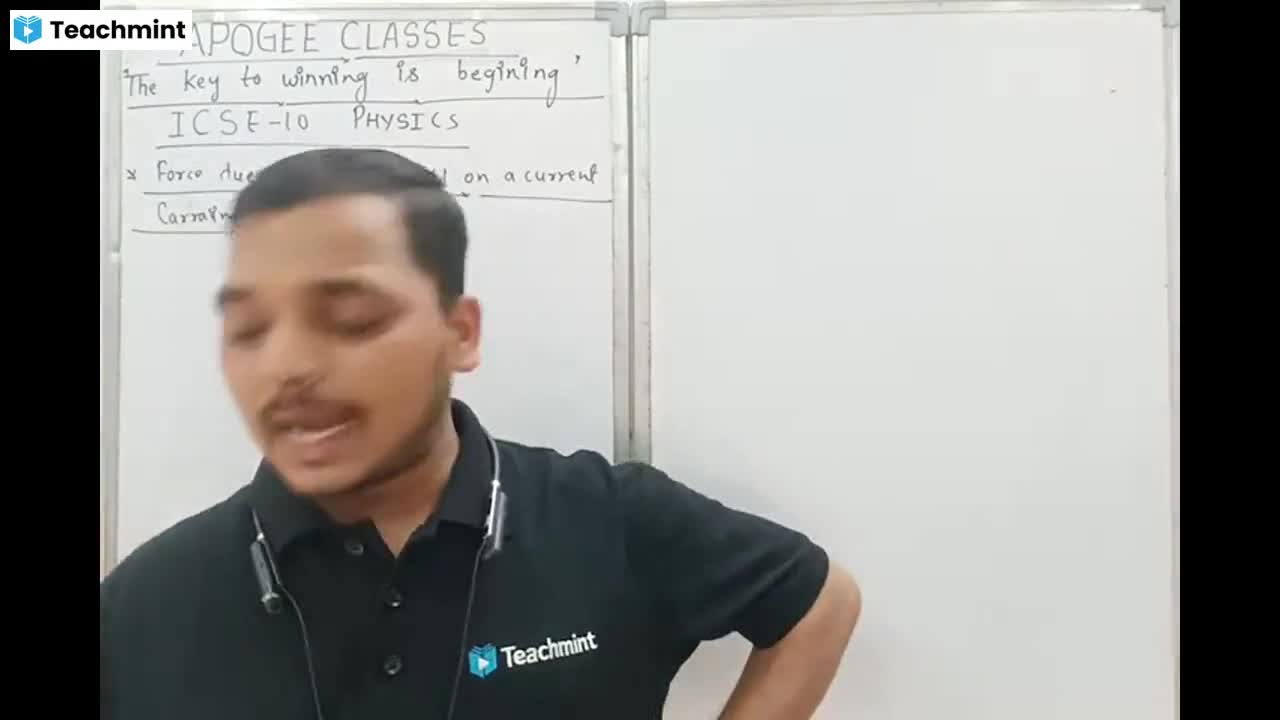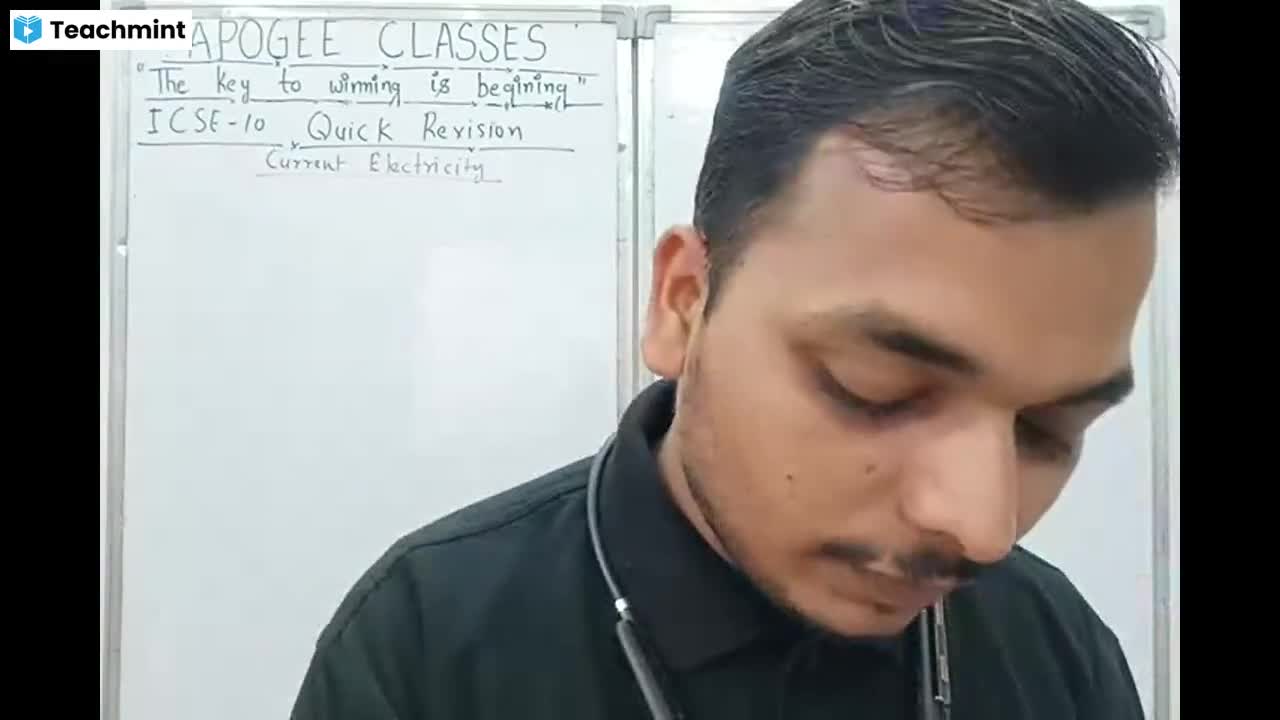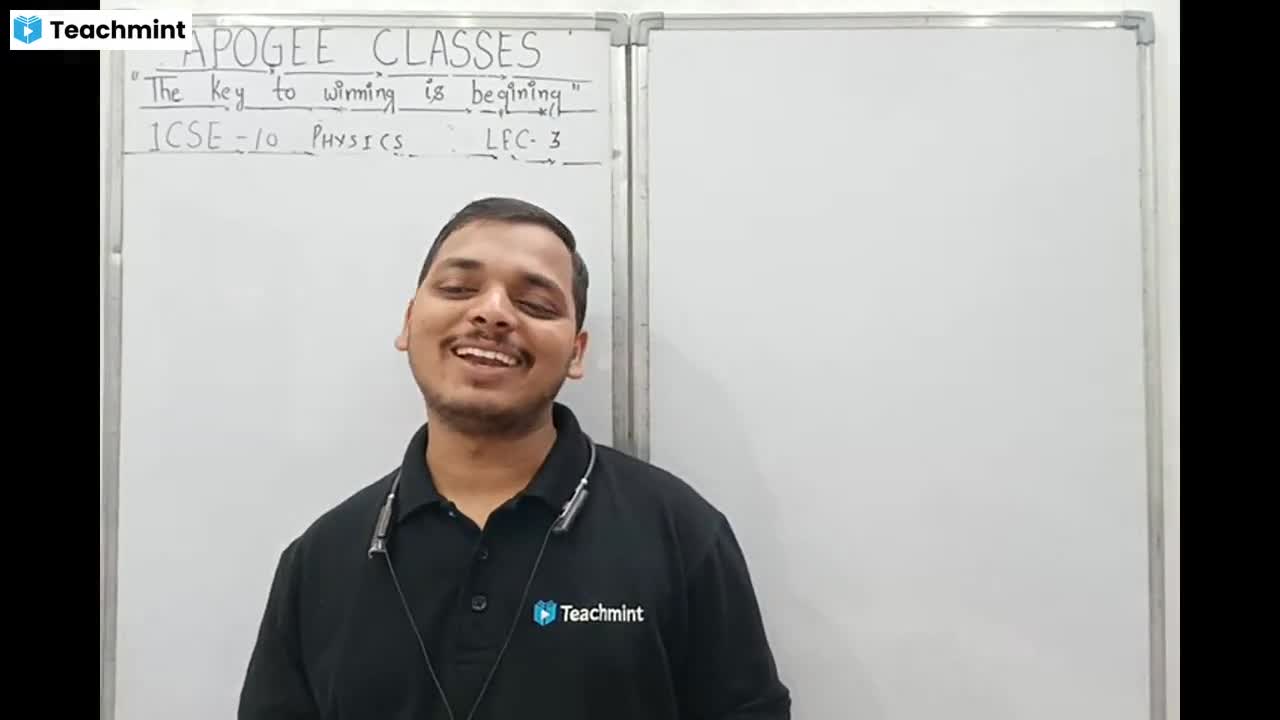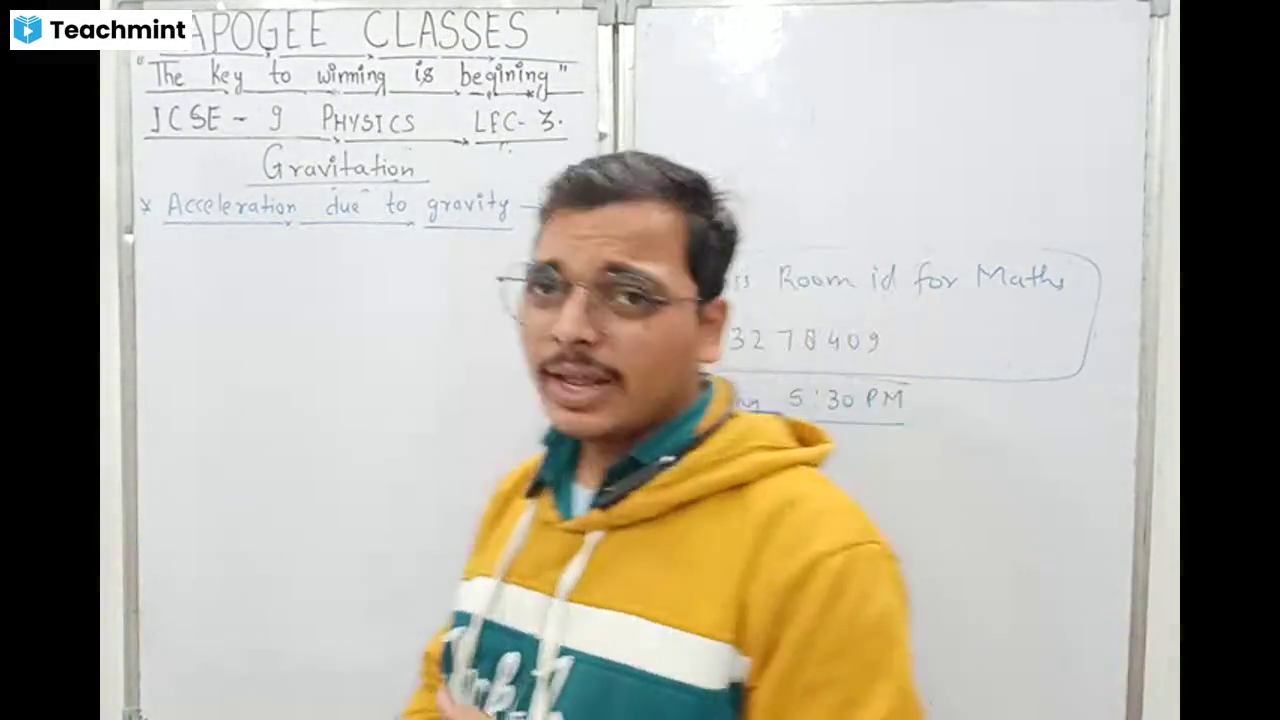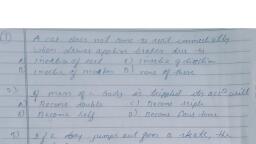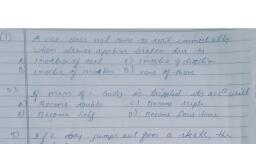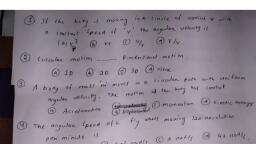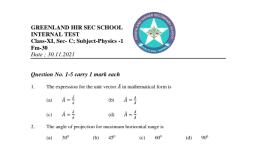Question 2 :
A body of mass 2 kg is initially moving with a velocity of 4 m/sec. Now a force of 1.25 Newtons acts for 8 sec. Then a force of 2.5 N acts for 8 sec. The final velocity of the body is 
Question 3 :
A wagon of mass 10 tons moving at a speed of 12 kmph collides with another wagon of mass 8 tons moving on the same track in the same direction at a speed of 10 kmph. If the speed of the first wagon decreases to 8 kmph. Find the speed of the other after collision
Question 4 :
 A heavier body moving with certain velocity collides head on elastically with a lighter body at rest. Then<br/>
Question 5 :
A student attempts to pull himself up by tugging on his hair. He will not succeed.
Question 6 :
A skater of mass m standing on ice throws a stone of mass M with a velocity of V in a horizontal direction. The distance over which the skater will move back (the coefficient of friction between the skater and the ice is $\mu$) :<br>
Question 7 :
Assertion: A cloth covers a table. Some dishes are kept on it. The cloth can be pulled out without dislodging the dishes from the table.
Reason: For every action there is an equal and opposite reaction.
Question 8 :
When a body is fully immersed in a liquid, the loss of weight of the body is equal to:
Question 10 :
A capillary tube is immersed vertically in water and the height of the water column is x. When this arrangement is taken into a mine of depth $d$, the height of the water column is $y$. If $R$ is the radius of theearth, the ratio $\dfrac {x}{y}$ is :
Question 11 :
Assertion: The SI unit of weight is newton.
Reason: Weight is the force of gravity with which a body is attracted towards the earth.
Question 12 :
Assume that the Earth goes round the sun in a circular orbit with a constant speed of $30 km/s$<br/>
Question 13 :
Find the value of $\theta $ such that the acceleration of $A$ is $ g/6 $ downward along the incline plane. (All surfaces are smooth)
Question 14 :
If the mass of a planet is $10\%$ less than that of the earth and the radius is $20\%$ greater than that of the earth, the acceleration due to gravity on the planet will be.
Question 15 :
A boy is running along the circumference of a stadium with constant speed. Which of the following is changing in this case?
Question 16 :
A ball is thrown vertically upwards with a speed of $10\ ms^{-1}$ from the ground at the bottom of a tower $200$ $m$ high. Another is dropped vertically downward simultaneously, from the top of a tower. If $g=10\ ms^{-2}$ the time interval after which the projected body will be at the same level as the dropped body is:
Question 17 :
State whether the following statements are true or false by writing T'F against them.<br/>The earth moves around the sun with a uniform velocity
Question 18 :
A particle experiences constant acceleration for $6\;s$ after starting from rest. If it travels a distance $s_{1}$ in the first $2\;s$, a distance $s_{2}$ in the next $2\;s$ and a distance $s_{3}$ in the last $2\;s$, then $s_{1}:s_{2}:s_{3}$ is:
Question 19 :
A particle experience a net force that is always parallel to y-axis. If it moves along the curve $xy=a^2$ where $a$ is a constant andthe magnitude of the force is $y^n$, then $n$ is
Question 20 :
The displacement of a particle moving in a straight line is given by $x=16t-2t^{2}$ (where, $x$ is in meters and $t$ is in second). The distance traveled by the particle in $8$ seconds [starting from $t$ $=$ 0] is<br/>

